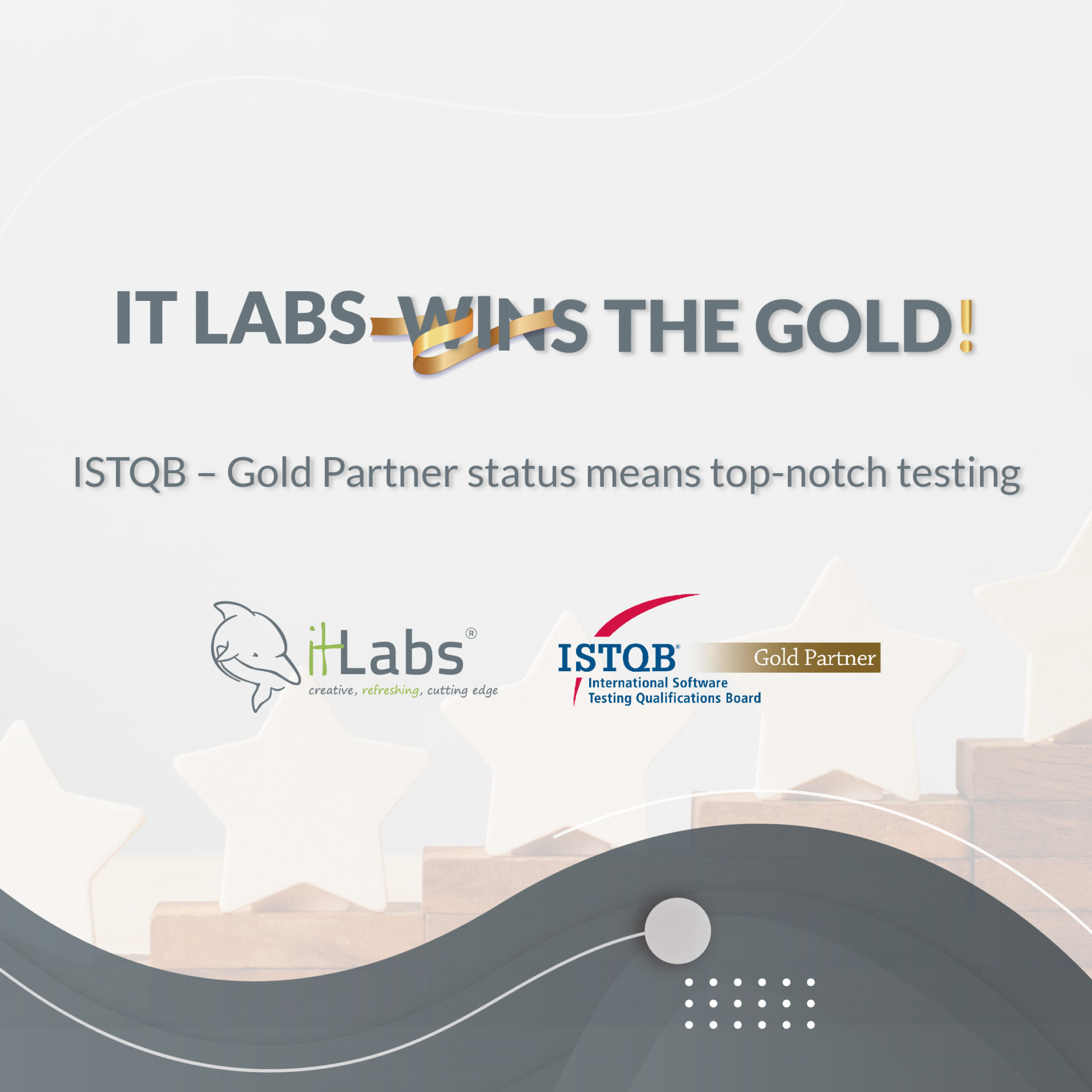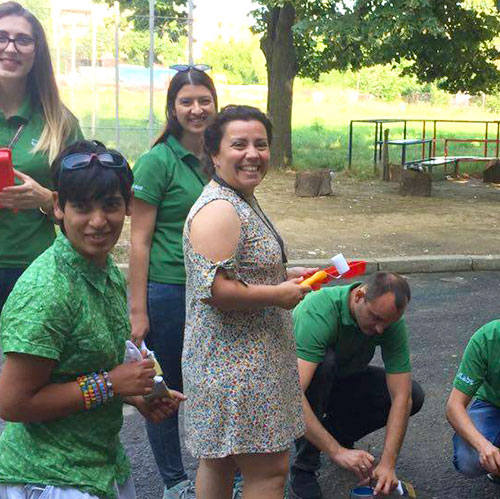What was once a playground for innovation and experimentation has now transformed into a strategic battleground where every technological endeavor must align with broader business objectives. This shift marks a departure from the era of tech for tech’s sake to one where every innovation must serve a purpose – to meet the needs of the customer and drive organizational success. As we delve deeper into the following challenge, it becomes evident that several key aspects contribute to its complexity.
The challenge of creating team alignment to business goals
Gone are the days when tech was such a cool thing, we knocked out tech for tech’s sake. It was a bit of a crazy fun party where everywhere you turned; people were creating tech for dubious “good” reasons. Well party time is over. The innovation storm that the tech world resides in just doesn’t have room for doing things because we think they seem kind of funky. We must buckle up and align to the outcomes the business needs, which is strongly underlined by the outcomes the end customer wants!
Here are some of the aspects that need to be considered in order to understand this challenge:

Changing Landscape
Gone are the days when technological prowess alone could guarantee success in the marketplace. Today, tech leaders find themselves grappling with the daunting task of navigating a rapidly changing landscape where the focus has shifted towards delivering tangible business outcomes. The challenge lies in steering the ship away from the allure of technological novelty towards a course that is firmly aligned with the overarching goals of the organization.
Communication Gap
One of the foremost challenges in aligning tech teams with business goals lies in bridging the communication gap that often exists between technical experts and the broader objectives of the company. Without clear and consistent communication channels, team members may find themselves adrift in a sea of technical jargon, disconnected from the larger vision of the organization. It is imperative for tech leaders to establish transparent communication channels that ensure every team member understands how their work contributes to the company’s success.
Vision Alignment
Another critical aspect of the challenge is ensuring that every member of the tech team is aligned with the company’s vision. Without a shared sense of purpose, individual efforts may diverge, leading to fragmentation and inefficiency. Tech leaders must take proactive steps to articulate and reinforce the company’s vision, integrating it into every aspect of the team’s operations. By fostering a shared understanding of the organization’s goals and values, tech leaders can create a cohesive team that is united in its pursuit of success.
Measurement and Evaluation
Finally, aligning tech teams with business goals requires a shift in focus from output metrics to outcome-oriented measurements. Too often, teams are judged solely on their ability to deliver projects on time and within budget, without considering the broader impact of their work. Tech leaders must redefine success metrics to emphasize the value their teams bring to the organization, focusing on outcomes such as customer satisfaction, revenue growth, and market share. By aligning performance metrics with business objectives, tech leaders can ensure that every member of the team is working towards a common goal.
How to create that alignment in your teams
So let me share with you what I think are the strategies for tech leaders to align teams with business goals. Here are a few that I’ve seen employed by tech leaders in my community.
Clarity in communication
Firstly, let’s get great at that thing that flows in all human systems, communication. Create crystal-clear communications on our collective objectives. As a CTO, it’s imperative to ensure that your team is not just aware of, but fully understands the broader business objectives. This means consistently communicating the goals, strategies, and expectations in a clear and concise manner. It’s about making sure everyone is on the same page and moving in the same direction.
Know where you want to go
As the leader in the space, it’s your top priority to reinforce a unified vision. I suggest continuously articulate and reinforce the company’s vision, over and over again. Integrate the vision into every conversation and decision-making process. The goal is to embed this vision deeply into the team’s mindset, so much so that it becomes a natural part of their thought process and approach to work.

Feedback, feedback, feedback
Businesses are a system of systems, and all healthy systems have healthy feedback loops. So, provide ongoing updates and feedback. Keep the team in the loop with regular updates on progress, changes, and any shifts in strategy. This ongoing communication is key to maintaining alignment, as it helps the team understand how their work fits into the larger picture and adapt as needed.
Outcomes are important as well!
Also focus on outcomes, not just outputs. Shift the emphasis from mere output or quantity of work to the impact of that work on business and customer outcomes. Make it clear that success is measured not just by what is produced, but by how it contributes to the company’s goals and adds value to the customer experience.
By implementing these strategies, tech leaders can effectively overcome the challenge of aligning their teams with the business goals, ensuring that every member contributes meaningfully towards the collective success of the organization.
Takeaways
Clarity, communication, and a strong commitment to a common vision are essential for success.
Tech executives may create a course for relevance and resilience by embracing the changing tech landscape and anchoring every endeavour to strategic goals. Leaders build a unified front in which every team member participates meaningfully by communicating openly and relentlessly on the company’s vision.
Furthermore, by redefining success measurements, leaders foster an environment of accountability and creativity in which every accomplishment moves the organisation ahead.
Let us carry on the lessons we’ve learned: true magic is found in transforming businesses, inspiring teams, and improving customer lives. With vision as our compass and collaboration as our guide, let us forge ahead into the unknown, seeing problems as possibilities and crafting a future where innovation knows no bounds.

Author

















































































































































































































